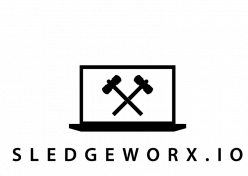At this point, in person conferences with 1000s of attendees are done for the year. Lockdowns are easing in general, but most people won’t be comfortable going to a massive conference with 1000s of people from all over the world anytime soon.
We are likely to be disrupted by this pandemic until spring 2021, by when travel is hopefully back to normal. I’ve been working from home for months now and will be doing so officially until October.
The thing is conferences bring a lot of value to engineering. It is a great way to keep up with what people are doing in industry and to share your experience. I’ve attended some great conferences and enjoyed diving into the technical depth available at a conference devoted to Spark or Kubernetes.
For 2020 these kinds of tech talks and presentations have to move online to Youtube and Zoom just like our work has. Fortunately, there are some benefits to running a tech conference remotely.
A remote conference can be a lot more affordable. You don’t need to rent a big conference venue to host the talks, and attendees save money by not flying to a different city or renting hotel rooms.
You also can save time because you aren’t traveling. Just like we don’t need to commute to the office, you don’t need to travel to the conference. The conference is wherever you are.
The technology is also good for presentations and Q&A sessions. Teleconferencing shines in situations where you want to share screens and only a few people need to speak at once. Where it really breaks down is when you want to have a group discussion, it is much harder to interleave speakers. But if we focus on activities with a single presenter or a Q&A where someone asks a question, then stops talking, teleconferencing is almost as good as being in person.
I think in 2020 we will see a lot of remote mini-conferences. They are really economical to host and the timing couldn’t be better. I like the idea so much I have decided to adopt the TinyConf I was planning for this year into a remote conference.
